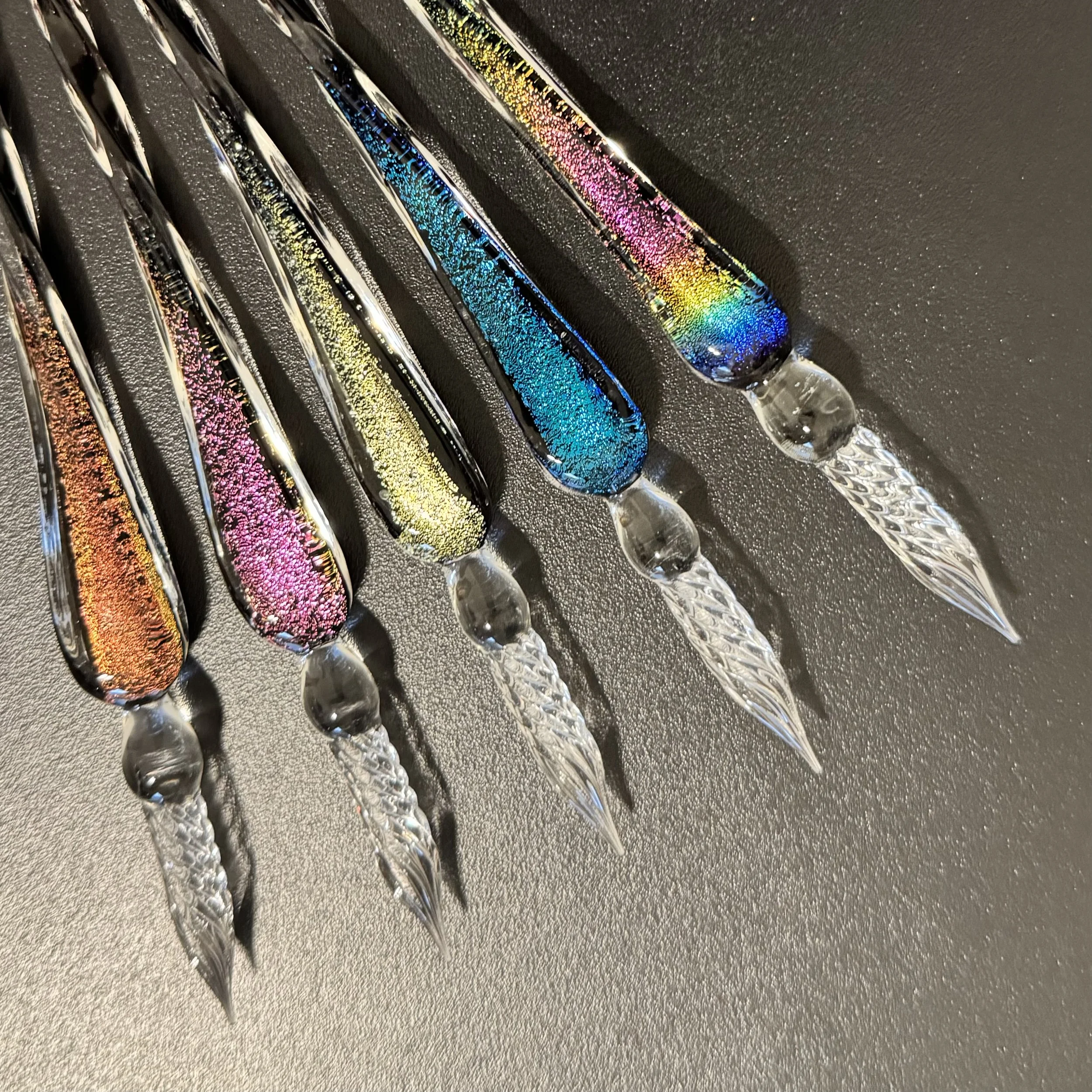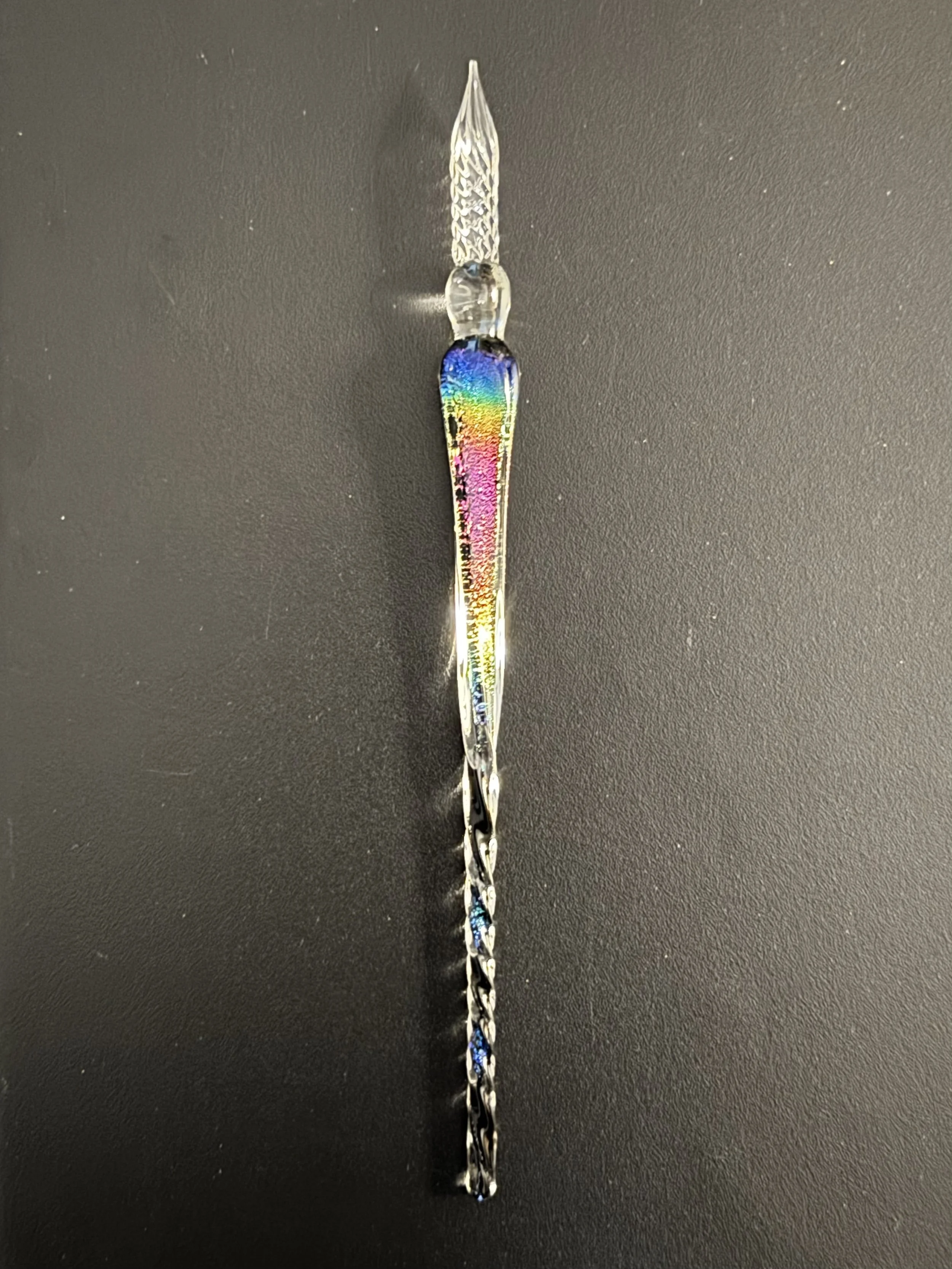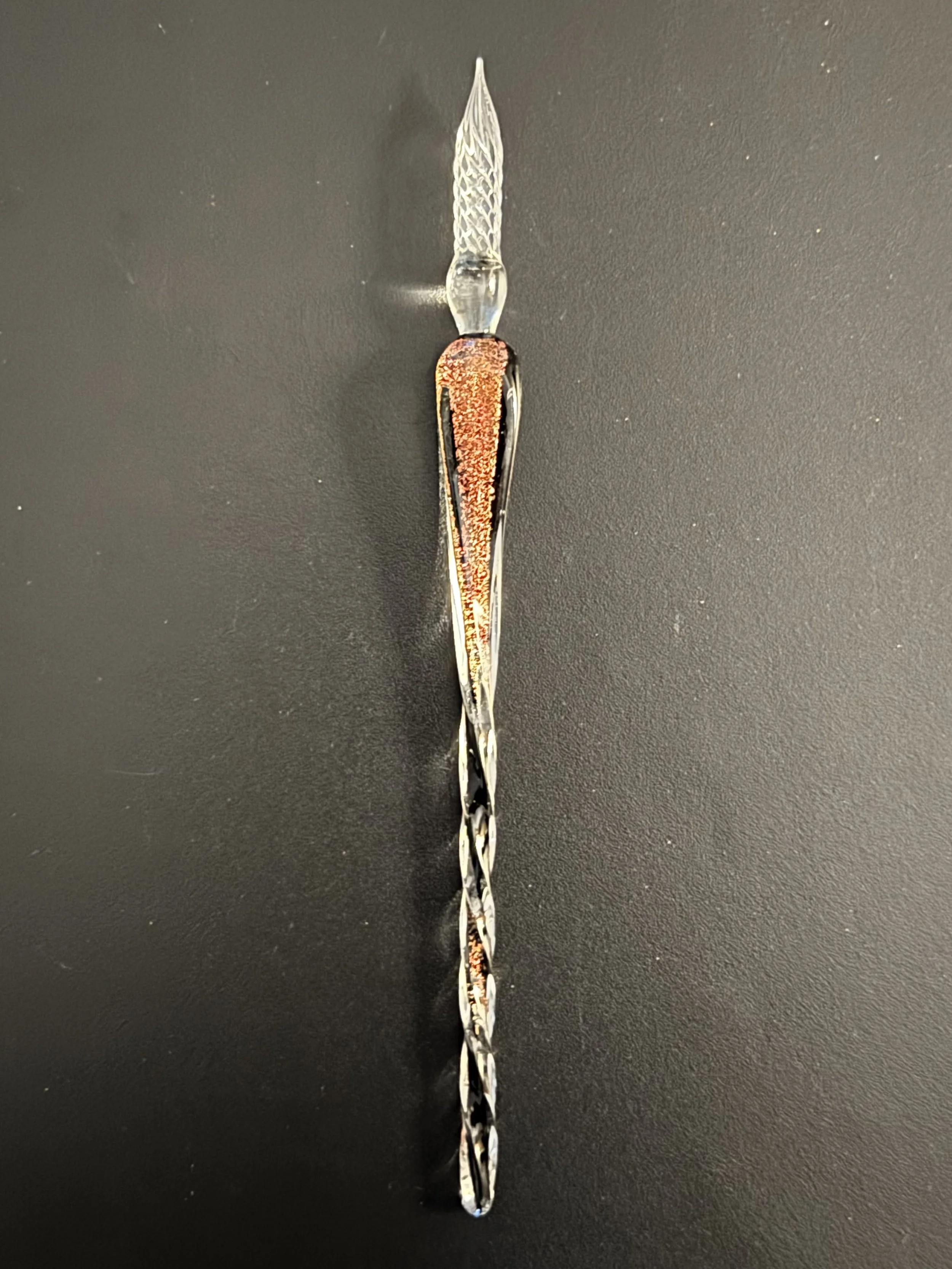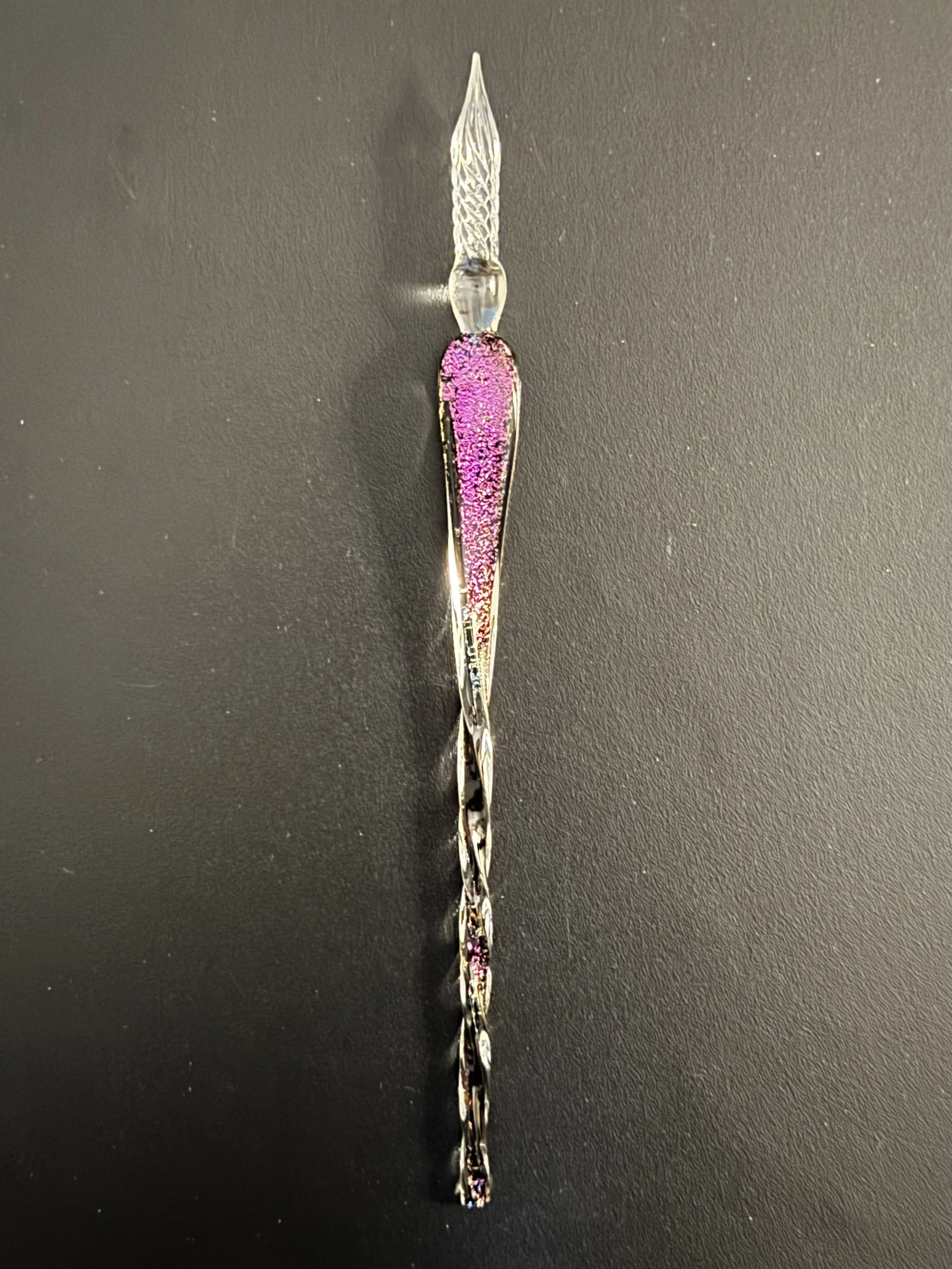According to an ancient myth recorded in Hesiod’s Theogony, Harpe was a scythe or sickle-like weapon most associated with Kronos, Hermes, Zeus, Perseus, and Heracles. As the myth is told, Uranus had cast his and Gaia's children, the Cyclopes and Hecatonchires, down into Tartarus. The enraged Gaia plotted Uranus' downfall. She implored each of her sons to rise up against Uranus but was refused by all but the youngest, Kronos. Gaia provided him with the weapon, and when Uranus next came to lie with Gaia, Kronos leapt up and castrated his father, overthrowing him and driving him away forever. Thus, the blade became a symbol of Kronos's power. Hermes, a grandson of Kronos, was said to have slain Argus Panaoptes with Harpe to rescue Io. Hermes then lent Harpe to his half brother, Perseus, who is regularly depicted in statues and sculpture armed with the weapon in his quest to slay the Gorgon, Medusa, and the sea monster, Cetus (in other versions of the myth, Perseus used Medusa’s head to petrify Cetus). Perseus was provided with such a sword by his father, Zeus (Cronus' youngest son and later overthrower), who also used Harpe to battle Typhon. Of Zeus's children, Hermes had also used Harpe to slay the Titans, Arugus. Heracles had defeated the Hydra with the same weapon. It is from these myths that Harpe got its nicknames such as the Scythe of Kronos or the Sickle of Zeus.









